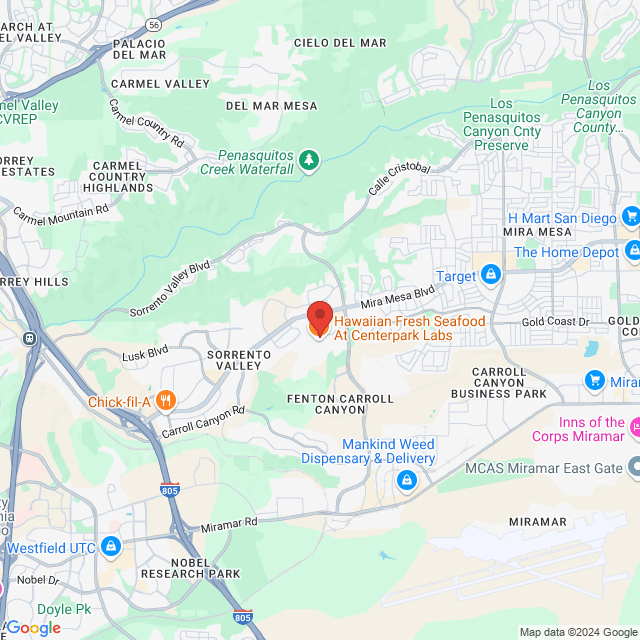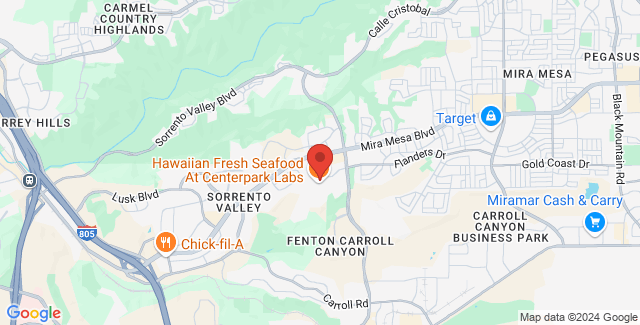Heart Complications Connected to Zofran Use During Pregnancy
The prescription drug Zofran has been implicated in a variety of serious birth defects, including devastating heart problems. Numerous lawsuits filed against manufacturer GlaxoSmithKline (GSK) cite heart complications and other congenital anomalies related to the medication. Cardiac birth defects are among the most common adverse events reported by pregnant women who were prescribed Zofran.

Zofran was cleared for use to treat nausea in cancer patients who are undergoing chemotherapy and radiation by the U.S. Federal Drug Administration (FDA) in 1991. However, this medication is not FDA approved for use during pregnancy, yet it has been aggressively marketed by GSK as a safe and effective off-label treatment for expectant mothers who are suffering from morning sickness. Beginning in the mid-1990s, many pregnant women have been prescribed Zofran to control symptoms of nausea and vomiting, without any significant clinical trials concerning the drug’s effects on a developing fetus.
Zofran has been clinically associated with significantly increased risks of congenital heart defects.
If you took Zofran while you were pregnant and your baby suffered a heart defect or other complication, your family may be eligible for compensation in the Zofran lawsuit. Experienced pharmaceutical attorneys are currently investigating claims and offering complimentary case evaluations for those who may have been affected.
About Heart Defects and Zofran
Many Zofran cases filed in civil court claim that cardiac defects in infants were caused by exposure to the drug during gestation. Examples include a case filed in June 2015 by an Alabama mother whose daughter was born with severe heart defects. The child underwent open heart surgery to have a pacemaker implanted when she was only four years old. The pacemaker needed to be surgically replaced at age 11, and she is expected to require multiple surgical interventions throughout her life.
A July 2015 Illinois case concerning an infant boy’s diagnosis of Tetralogy of Fallot may be connected to his mother’s Zofran prescription. This heart defect is considered permanent and life-threatening, and the boy’s activities must be monitored to avoid a potentially fatal emergency.
Zofran has also been clinically associated with significantly increased risks of congenital heart defects. A Swedish research study, published in Reproductive Technology in December 2014, looked at 1,349 infants born to mothers who took Zofran in the early months of their pregnancy. The researchers concluded that fetal Zofran exposure was associated with a statistically significant increase in cardiac defects, including a nearly doubled risk of atrial septal defects (hole in the heart).

If you have been injured by a defective drug, Speak with an Attorney
Another 2014 study, published in the American Journal of Obstetrics and Gynecology, that analyzed data from almost 900,000 pregnancies in Denmark, reported a twofold increased risk of congenital cardiac malformations and a 30 percent increase in major congenital malformations associated with ondansetron use by pregnant mothers. This study also noted that the risk of cleft palate was nearly doubled for babies whose mothers took Zofran during the early months of pregnancy.
Common Congenital Defects
Birth defects connected to Zofran include cleft palates, craniofacial defects, and a variety of other structural abnormalities. The most common congenital heart defects associated with Zofran use are cardiac septal defects. This opening in cardiac tissue is located in the septum, which is the wall that separates the left and right chambers of the heart. This opening allows blood to leak and mix between the two sides of the heart.
Atrial Septal Defects
Atrial septal defect (ASD) are holes in the septum that separate the atria, or upper chambers of the heart. A small ASD may close on its own and cause no symptoms, but a larger ASD can cause serious difficulties when the child reaches adulthood. Possible complications include right-side heart failure, arrhythmias (irregular heartbeat), pulmonary hypertension, and stroke.
Ventricular Septal Defects
Ventricular Septal Defects (VSD) are holes that occur between the two lower chambers of the heart. Similar to a smaller ASD, a small VSD will not cause problems, and can commonly resolve on its own. Medium and large VSDs, however, will likely cause symptoms and require surgery to repair. Without surgical intervention, infants may experience deadly heart failure, arrhythmias, or pulmonary hypertension. Growth failure is another potentially devastating complication. Large VSDs cause the heart’s workload to increase, which requires more energy. This depletes the body’s energy stores and requires more calories than the baby can consume to maintain.
Supraventricular Tachycardia
Supraventricular Tachycardia (SVT) is a heart rhythm disorder presenting as a rapid heart rate, with beats as fast as 100 per minute. The most common arrhythmia seen in infants, SVT can be caused by structural abnormalities. Dizziness, anxiety, chest pain and other symptoms are connected with episodes of SVT, which can become chronic without treatment. Severe cases may require a pacemaker to stabilize heart rate.
Tetralogy of Fallot
A complex heart disorder, Tetralogy of Fallot includes a VSD and other abnormalities. This condition reduces the amount of blood that reaches the lungs, and results in lower oxygen saturation throughout the body. The defect must be repaired with open-heart surgery in infancy, and affected children will need additional medical care throughout their lives.
Myocardial Infarction
There have been fatal heart attacks reported in cancer patients and in babies exposed to prenatal Zofran. Children with some forms of severe heart defects are more susceptible to heart failure.
Heart Murmurs
A heart murmur is an abnormal sound made by the heartbeat, which can be faint or noticeably loud. In children, a heart murmur may be the initial symptom of patent ductus arteriosus (PDA), a congenital condition that causes abnormal blood blow between two of the major arteries connected to the heart. Some children will require medication or surgery to correct the condition.
FDA Reports
A Freedom of Information Act investigation in 2015 revealed that the FDA has received 170 adverse event reports regarding congenital heart defects and cardiovascular anomalies related to Zofran, in addition to more than 300 reports of other birth defects.
GSK has already paid out over $3 billion in fines and restitution for illegal practices related to Zofran and other drugs.
The Zofran case discovery timeline also includes a 2012 FDA recall of Zofran, specifically the 32-mg intravenous (IV) dosage for cancer patients. This was related to cardiac concerns after studies linked high doses of the drug to serious heart rhythm disorders, including a condition that can cause sudden death. Because the medication has never been FDA approved for pregnant women, the warning did not provide precautions for this patient population, but the recall is still relevant. Studies have demonstrated the drug’s active ingredients pass through the mother’s placenta to the developing fetus.
Researchers in Hong Kong and a U.S. conducted a medical study that confirmed significant amounts of Zofran pass through the human placenta when the drug is taken during pregnancy. Zofran was found to pass rapidly to the fetus and to remain in fetal tissue for an extended period of time than when compared to the mother.
Multidistrict Litigation
At this time, more than 220 individual U.S. plaintiffs have filed lawsuits against GSK. In addition, a class action lawsuit was filed on behalf of 12 claimants in Canada. Numerous case allegations include failure to warn the public about dangerous side effects, fraudulent misrepresentation, and liability for injuries caused by a defective drug.
In October 2015, the majority of U.S. lawsuits were consolidated into multidistrict litigation (MDL), which means that all claims are overseen by a single judge. MDL is often used when there are multiple plaintiffs with key issues in common. It is considered more efficient and cost effective, and is often preferable to a class action for defective drug plaintiffs. In MDL cases, plaintiffs are allowed individual verdicts and compensation awards, in contrast to class action plaintiffs, who are bound to a single outcome.
Compensation for Victims
Victims of corporate greed deserve compensation. GSK has already paid out over $3 billion in fines and restitution for illegal practices related to Zofran and other drugs. They were specifically cited by the U.S. government for marketing drugs without FDA approval, and also accused of bribing doctors to prescribe and promote medications for off-label uses.
The current Zofran lawsuit seeks damages for victims that include reimbursement for medical costs, lost wages, pain and suffering, and more. The statute of limitations filing deadlines apply to this case, but vary according to the plaintiff’s state of residence.
Schedule a Free Case Evaluation
If your family has been impacted by Zofran, you may be entitled to significant compensation for your injuries. Please contact an experienced pharmaceutical attorney to schedule a complimentary consultation and case review.




